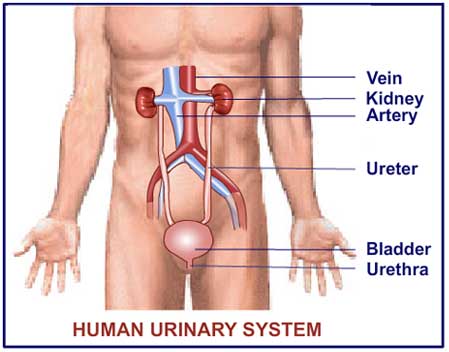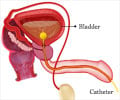About
Stress incontinence is the most common type of urinary incontinence. Women are more prone to it than men.

Urine "accidents" leave many women afraid to leave home. Thanks to advances in surgery, though, incontinence is no longer a life sentence.- Beth Bray - Senior Nurse
When the pelvic floor muscles, which supports the urinary bladder and the associated structures, are weakened, they become incapable of withstanding the ‘stress’ or extra pressure exerted on the bladder. This results in urine leaks also referred to as Stress or Urinary incontinence.
A normal individual has control over certain functions of the body such as the act of urination. This ability to control is called ‘continence’. For example, if you feel like passing urine when you are in an important meeting, you will be able to control your urge to urinate until it is convenient to do so. In the case of incontinence, it is not possible.
Laughing , coughing, running, jumping or exercising are the common stress factors that put extra pressure on the bladder causing incontinence. The amount of urine that leaks may be minimal or it may be substantial enough to be visible. Whatever the quantity, stress incontinence may be a reason for social embarrassment and loss of confidence. Women are more prone to urinary incontinence than men.
The ageing world population has resulted in a large number of woman suffering from this condition. It is estimated that one in four women leak urine at some stage in their life and one in eight require some kind of help to control their leakage. According to the National Institutes of Health, urinary incontinence affects more than 26 million Americans, nearly 80 percent of whom are women. The societal cost of this condition is estimated to $26.3 billion (in 1995). Most of the cost is related to diagnosis and treatment.

Urinary System - It is fascinating to understand the method by which the urinary system gets rid of waste products from the body. The main organs of the urinary system are the kidneys, ureters, bladder and urethra. The kidneys are the organs that produce urine by filtering the blood flowing through them. Normally, everyone individual has 2 kidneys, one on either side of the abdomen. There are 2 ureters, which are thin, tube like structures leading away from each kidney, that carry the urine from the kidney into the urinary bladder. The urinary bladder acts as a reservoir for urine and is also responsible for emptying the urine. Last, but not the least, is the urethra, which is a tube through which the urine is taken out from the body. The length of the urethra in females is only 4 cm while in males it is approximately 20 to 25 cm long.
No organ in our body can work on its own. It is controlled by higher centers in the brain- which acts as the master that coordinates the various functions of the urinary system.
The organs of the reproductive system also help the urinary system to a certain extent. The two ovaries produce hormones, which help to keep the tissues that support the vagina and urethra strong and elastic. The uterus and the muscles of the pelvis helps to support the bladder and the urethra.
For effective diagnosis of stress incontinence the medical history of the patient needs to be scrutinized. Depending on the severity of the disease incontinence can be treated with surgical or non -surgical methods. In many cases, urinary and reproductive system problems co-exist. It would therefore be better if both can be diagnosed and treated at the same time.
Pelvic floor exercises are effective in treating and preventing urinary incontinence. If you have consistently suffered embarrasing moments because of urine leaks, the culprit may be urinary incontinence. Discuss your problem with your doctor or GP today – they maybe able to give you either a medical or surgical option for your problem.












